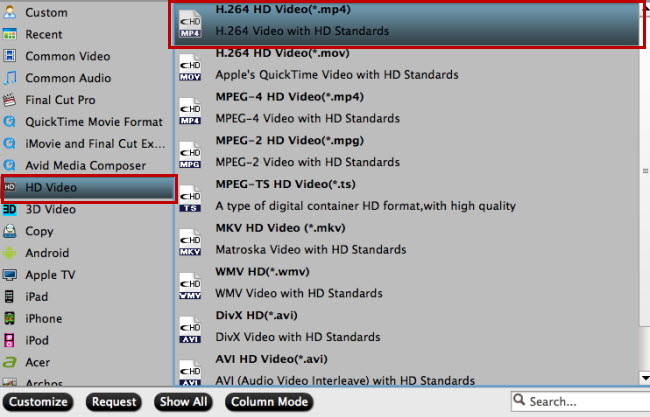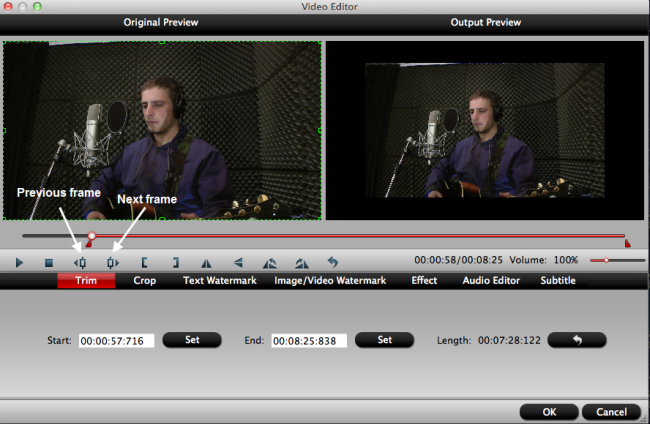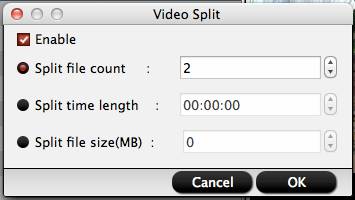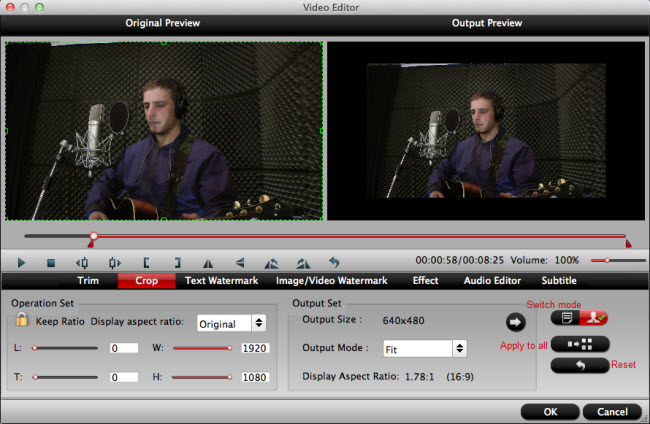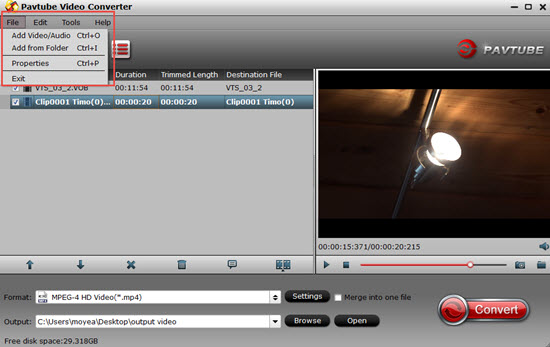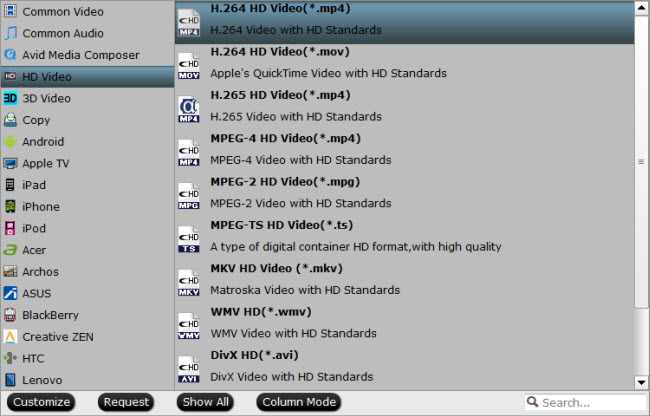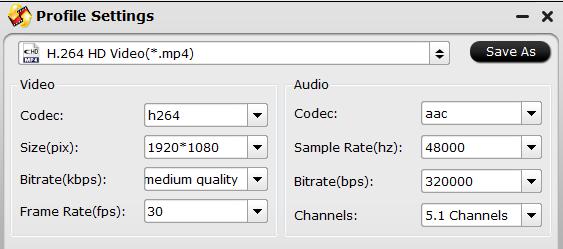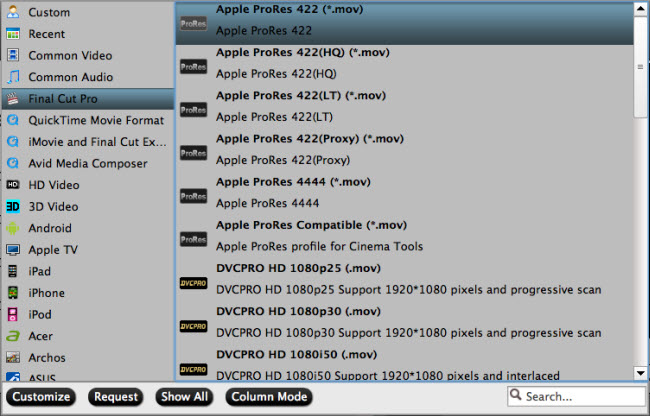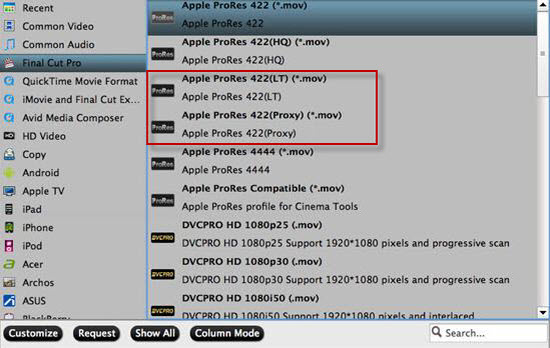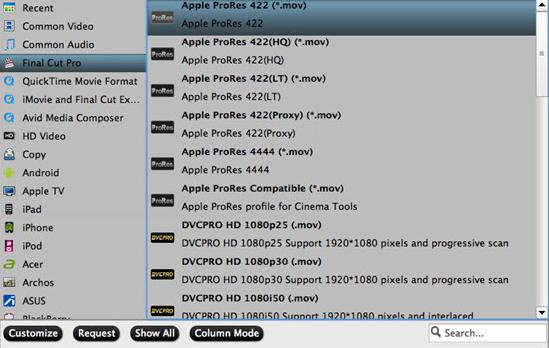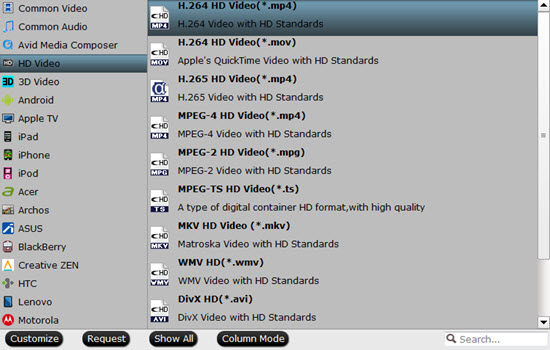AVCHD no audio problems
AVCHD no audio issues often occur when people try to play AVCHD files with media player on computer or loading into editing software:
"When I play the AVCHD files on my laptop only the video works but I can't hear no audio."
"Please help, I import AVCHD/mts from any files on my PC but there is no audio/sound, not even the audio 1 track has anything in it, the sound is simply not there?? I know FCPX needs my Sony files converting is this the case with CS6 now as cs5.5 works ok."
Why no audio when playing or editing AVCHD files?
The AVCHD Audio can be recorded in 5.1-channel surround sound with Dolby Digital (AC-3) compression or up to 7.1-channel surround sound (uncompressed). When there is no audio when playing AVCHD with media player software or video editing software, it's very likely that the 5.1 AC3 audio or 7.1 such as PCM or LPCM is not supported by your player or editing software.
Fix AVCHD no audio issue
To solve AVCHD no audio issues, the best solution is to perform a audio codec transcoding process. Here, you can get the job easily done with our best Mac AVCHD MTS/M2TS Converter - Pavtube Video Converter for Mac. The program can assist you to batch convert multiple AVCHD files with unsupported audio codec such as AC3 or PCM/LPCM to some common audio codec like AAC, MP3 for viewing on computer with media player software or loading into editing software.
For Windows users, please go to download Pavtube Video Converter to solve AVCHD no sound problems on Windows 10/8.1/8/7.
Step by Step to Solve AVCHD No Audio Problems
Step 1: Load AVCHD files into the program.
Start the program on your Mac computer, click "File" > "Add Video/Audio" or "Add from folder" to load AVCHD video files with multiple audio tracks into the program.
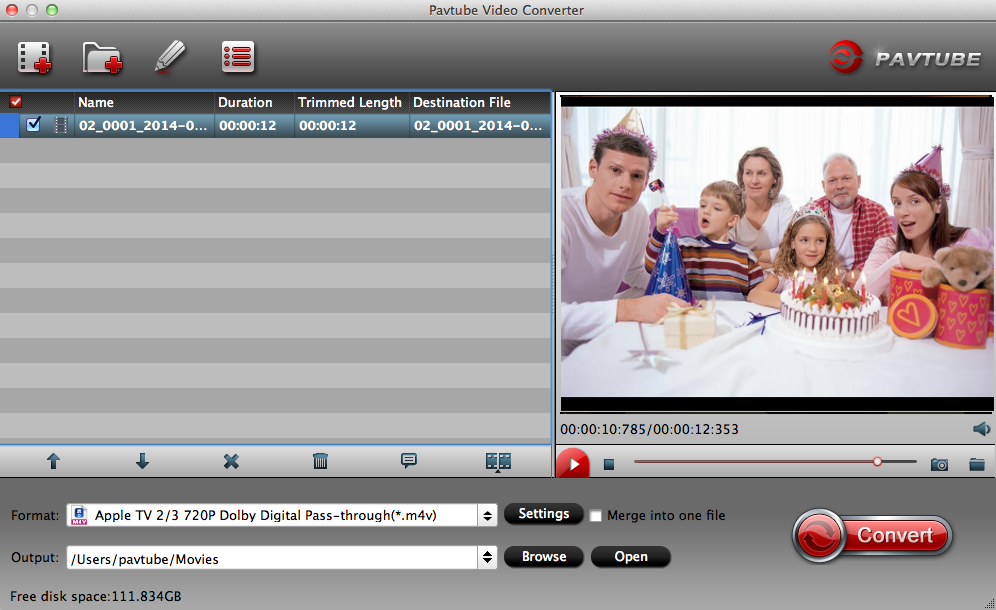
Step 2: Specify output file format.
Click "Format" bar, from its drop-down list, select your media player or editing software compatible digital file formats to output. Then click "Settings", in audio section, from "Codec" drop-down list, select your media player or video editing software compatible audio codec such as "AAC" or "MP3".
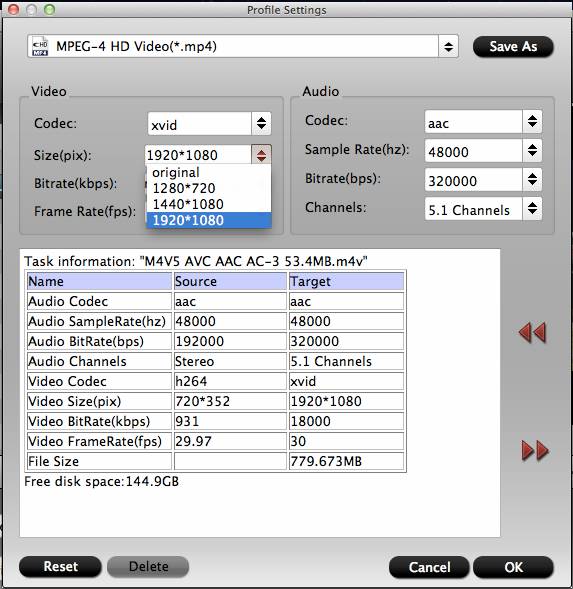
Step 3: Begin the conversion process.
After all setting is completed, hit the "Convert" button at the right bottom of the main interface to begin the conversion process.
When the conversion is finished, click "Open Output Folder" icon on the main interface to open the folder with generated files.
Related Articles
Any Product-related questions?support@pavtube.com


